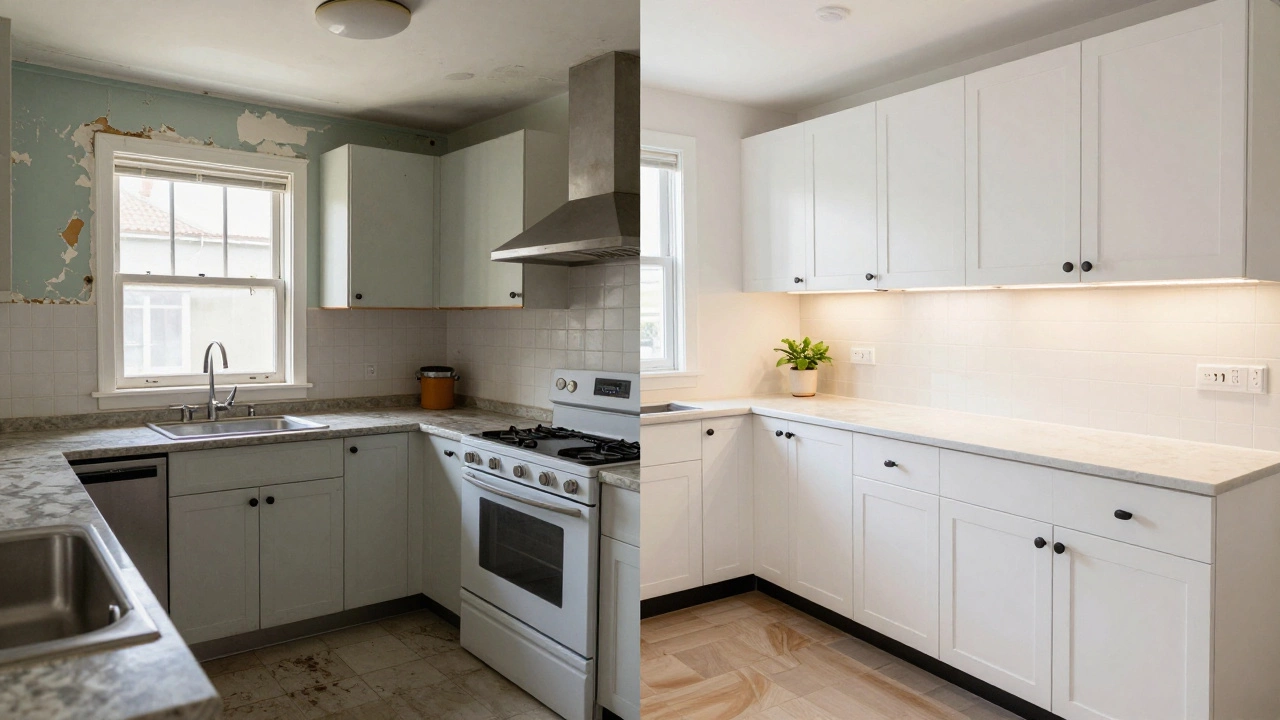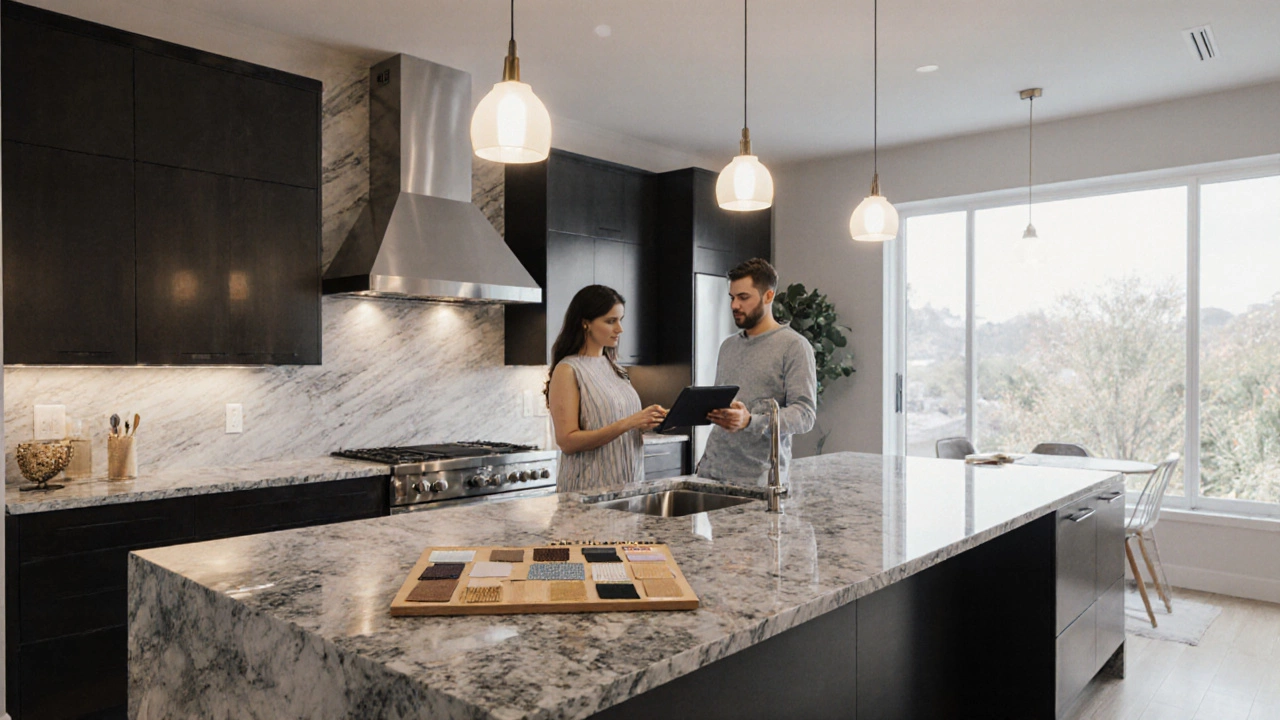Kitchen Remodel Cost: What to Expect and How to Budget
When planning a kitchen remodel cost, the total amount you’ll spend on materials, labour, permits and unexpected surprises. Also called kitchen renovation cost, it is the core figure that drives every decision in a kitchen upgrade. In the same breath, you’ll hear about kitchen remodel budget, the financial plan you set to keep the project on track and kitchen fitting cost, the price tag for installing cabinets, appliances and plumbing fixtures. Knowing the difference helps you avoid overspending and keeps the remodel realistic.
Key Factors That Shape Your Kitchen Remodel Cost
First, kitchen remodel cost is shaped by three main attributes: material choices, labour rates and project scope. Premium stone countertops, high‑end appliances and custom cabinets push the material bill up, while a simple laminate and stock cabinets keep it low. Labour rates vary by region; a London plumber might charge twice what a small town contractor does. Scope covers whether you’re doing a surface refresh or a full layout change—moving walls, relocating plumbing and rewiring all add hefty line items. The home remodel sequence matters, too; tackling demolition before you’ve locked in appliance sizes often leads to re‑work costs. A well‑planned sequence—demolition, rough‑in, finishes and final fitting—reduces waste and keeps the budget aligned with the original kitchen remodel budget. Another hidden expense many miss is the “contingency” reserve, usually 10‑15% of the estimated total, to cover surprise issues like outdated wiring or water damage behind the walls.
Second, the relationship between kitchen fitting cost and overall remodel spend forms a clear semantic triple: kitchen fitting cost influences total kitchen remodel cost. If you opt for a ready‑made cabinet system, fitting can be completed in a few days, trimming labour hours dramatically. On the other hand, bespoke joinery requires skilled carpenters, detailed measurements and multiple onsite visits, inflating both labour and material expenses. Understanding this link early lets you decide where to splurge and where to save. Likewise, a strong kitchen remodel budget requires accurate cost estimations for each component, turning vague numbers into actionable line items. This budgeting step is essentially a triple itself: budgeting defines the scope, scope determines material choice, material choice sets the cost.
Finally, the timing of your remodel can affect pricing. Contractors often have seasonal peaks; booking during the off‑season may net you lower rates for labour and materials. Also, market fluctuations—like sudden spikes in timber or steel prices—can reshape the cost landscape overnight. Keeping an eye on market trends and being flexible with the start date can save you a few hundred pounds, which adds up over a full‑scale kitchen project.
Below you’ll find a curated set of articles that break down each of these pieces in detail. From a realistic 2025 kitchen remodel budget guide to a step‑by‑step look at kitchen fitting costs in New Zealand, and tips on sequencing a home remodel for success, these resources give you the practical insight you need before you sign any contract. Dive in to see how the pieces fit together and to build a solid plan that keeps your kitchen remodel cost under control.


